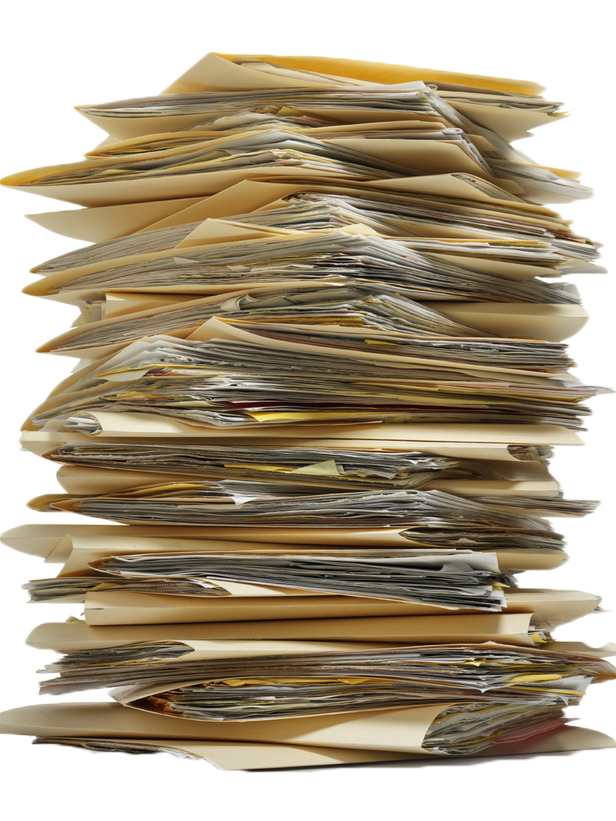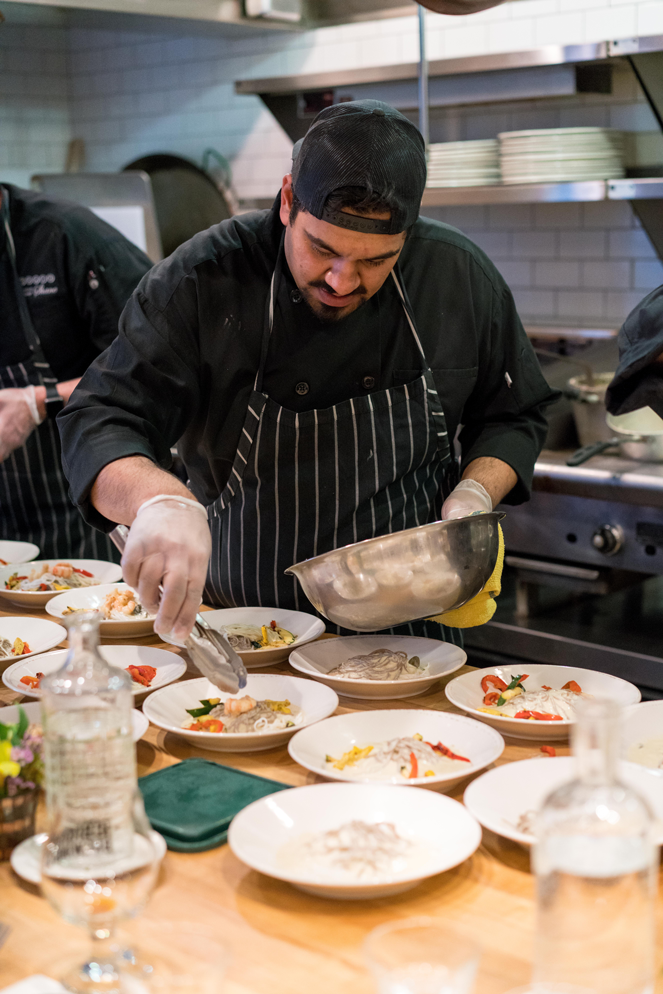Why Do Restaurants Fail? The Devil is in the Details
Avocados are always finding their way into the headlines.
In the latest installment of “why avocados are in the news,” Henry Avocado Corporation is voluntarily recalling California-grown avocados sold in bulk at retail stores because of potential listeria contamination. Granted, these avocados are destined for retail, but it’s easy to see how small changes in the supply chain can seriously impact prices.
What’s much more challenging for restaurant operators is how small increases to the price of your ingredients can wreak havoc on your bottom line.
Consider the following scenario…
You run your profit & loss (P&L) statement from the previous period. When you see that profits are down, you naturally want to know why.
Revenue seems to be in line with expectations. Labor looks good…well, not good…but normal. Rent & Utilities stay the same every month. Ah…here it is…Food & Bev is higher relative to your sales. But why?
The answer is hiding somewhere in that wrinkly, water-stained stack of invoices in the back offices and basements of restaurants everywhere. You could go digging in that paper stack to find out why, but ain’t nobody got time for that. And, besides, it’s too late anyway. The period is over. We’ll just do better this month, you think to yourself.

Scenarios like the one above are far too common. Even the most meticulous restaurateurs are challenged by the process of collecting, categorizing and analyzing data to get a clear picture of what’s really driving their profits (or losses).
So, why do restaurants fail? There are a lot of reasons restaurant fail. One reason that often goes overlooked is that operators don’t know why they are failing and therefore can’t do anything about it.
Why do restaurants fail?
Restaurants are unlike other businesses.
The core product is perishable. There’s no guarantee that customers or even staff will walk in the door. Real estate is expensive and there’s competition next door, across the street, around the corner, and in your potential customer’s cabinets and kitchens. The prices of your raw materials change on a daily basis. Not to mention, your supply chain still relies heavily on old-fashioned, pen-and-paper ways of doing business.
This ultimately translates to “there are plenty of ways to lose money.”
Sometimes it’s obvious. If your restaurant is empty on what’s typically your busiest night, you’re likely to be losing money this month.
What about when business is good, but profits are down? Figuring out why is far too tall a task for time-pressed, under-resourced restaurateurs. The fact is that restaurant failure is often a death by 1,000 cuts.
Price creep and incremental increases in food costs often go unnoticed and end up eclipsing the margins of a once profitable pork tenderloin. A few missed price spikes, misplaced vendor credits or miscalculated invoice totals could mean you missed your food cost targets and have no idea why.
To truly understand how and why restaurants lose money, one needs to be able to easily dig into the details, because it’s in those details where restaurant profits are made and lost. Yet, drilling down into the details has been notoriously difficult because it’s buried in paper or difficult-to-use legacy software. Even if you have the data, it may be subject to sloppy data entry errors or accounting systems that only provide high-level analysis without the ability to drill down to the details.
That’s the not so good news.
So, if you’re less interested in answering the question, “Why do restaurants fail?” and more interested in knowing what they can do about it. Keep reading!
5 Ways to Avoid Getting Blindsided by Creeping Food Costs
1. Build a Budget
In order to hit targets, you have to set targets. Building a budget for your restaurant is a good first step.
xtraCHEF CEO Andy Schwartz was recently on the Business Chef Podcast explaining the importance of measuring what matters to your business and how xtraCHEF makes it easy for restaurant operators to do just that.
If the chef and managers know what they can spend and that your Cost of Goods Sold (COGS) should be 30%, then you ought to be tracking and measuring that number throughout the month.
2. Track Goals Within the Period Not Just After the Period
If you’re finding out that food cost numbers were off when looking at a report at the end of the month or several weeks after the period closed, it’s too late.
You need to manage and monitor your progress in real-time. Having a declining budget that compares your purchases against your sales gives you real-time insights into how your tracking and trending toward your goals.
3. Get More Granular
Whether you use QuickBooks or some other restaurant accounting software, you need to set up your Chart of Accounts and assign a General Ledger (GL) category to your expenses. This allows you to see exactly where you’re spending money.
Often, restaurant operators and bookkeepers will assign their food cost expenses to one lump sum category called “Food & Bev.”
Some will take it a step further and categorize food costs into four basic categories:
- food and non-alcoholic beverages
- wine
- beer
- liquor
This is a good step toward getting more granular; however, in order to really know why and how your food costs are trending, you need to go beyond the GL code.
There’s significant variance within each of those categories — especially food. If the cost of scallops rose $1 per pound, but beef went down, will you know what’s impacting profit margins if you end up selling less mariscos than meatloaf? You may be emphasizing specific dishes that you’re selling at a loss.
xtraCHEF allows you to create your own food cost categories and lets you drill down from the GL category-level all the way to the line-item on your invoices.
4. Monitor Prices of Your Most Purchased Items
It can be overwhelming to consider all of the various items and ingredients it takes to run a restaurant and execute a concept. Instead, keep the 80/20 rule in mind. Focus on what matters most to your business.
If you’re buying a large volume of a particular item or spending a lot of your budget on a particular item, then make it a priority to monitor just the prices of those items. Not only is that where most of your budget is being spent, but it’s with those items that small swings in price can have the most impact to your profitability.
xtraCHEF enables you to monitor all of your line-items, but focusing your energy where it matters most could be the difference between success and failure.
5. Automate All of the Above
xtraCHEF makes it easy to automate the AP process for restaurants to support all of the above — from invoice line-item data entry to tracking your budget, food cost ratios, and most purchased items. By simply snapping a photo of your invoices, xtraCHEF handles all of the heavy lifting and the tedious, time-consuming tasks of capturing the information that matters to your business.
The invoice line-items are digitized, accurately coded and categorized, and grouped into reports and dashboards that allow you to drill down into where you’re spending your money and which of those previously unattainable details are driving your profits and losses.
Don’t let creeping food costs crush your restaurant business. And, definitely don’t let data entry or paperwork get in the way of your profitability.
Ready to find out areas where your restaurant is losing money?
xtraCHEF offers all of the above mentioned benefits and much more. Request a demo to get started or watch this short video explaining how we help restaurant operators of all shapes and sizes.


